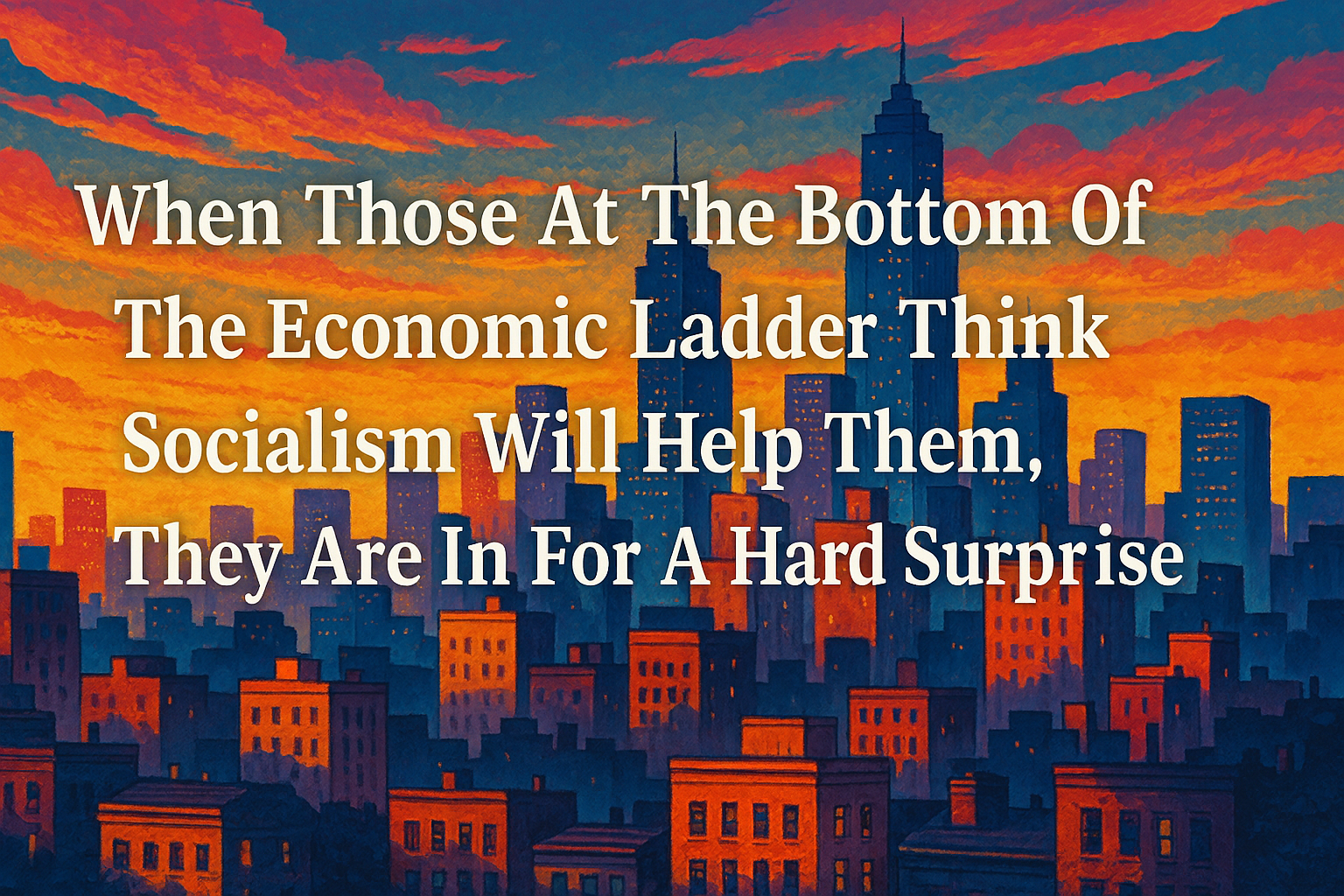Summary
For the bottom 50%, the struggle is unyielding. Inflation relentlessly erodes the purchasing power of the dollar, making everyday necessities more expensive and savings more elusive. Wages have stagnated, and the cost of living has outpaced income growth. Many are trapped on an economic treadmill—running faster to stay in place, unable to build wealth or escape financial precarity. Meanwhile, the top 10% not only hold the lion’s share of wealth but also dictate the media narrative, perpetuating the illusion of a thriving economy. Stock markets may soar, corporate profits may rise, and GDP may grow, but these metrics obscure the lived reality of millions who are drowning in debt and barely making ends meet.
Overview
Consumer debt has surpassed $18 trillion, a staggering figure that includes mortgages, student loans, auto loans, and increasingly, credit card debt used to fund daily necessities such as groceries, utilities, and healthcare. This is not discretionary spending—it’s survival spending. Many households lack the means to pay down their debt, creating a cycle of dependency and financial vulnerability.
In such conditions, socialism often emerges as a perceived solution. For those trapped in economic hardship, it promises redistribution, equity, and relief. But History tells a more complicated story. Under socialism, large corporations and the elite often adapt and thrive, leveraging government contracts, subsidies, and ‘regulatory capture ‘- a situation where regulatory agencies, which are supposed to act in the public interest, are instead influenced or controlled by the industries they regulate. The very class socialism aims to challenge can become its greatest beneficiary.
The bottom 50%, disillusioned and desperate, may vote for policies that promise change but inadvertently accelerate their own economic demise. When expectations meet reality, and promised relief fails to materialize, social unrest becomes the pressure release valve. Riots, mayhem, and societal breakdown are not just possibilities—they are historical patterns repeated across nations and generations.
This is the story of economic and class struggle: a cycle of inequality, discontent, and reaction. The challenge is not merely to recognize the symptoms but to address the root causes—through education, policy reform, and a rebalancing of economic power that empowers individuals rather than entrenching elites.
